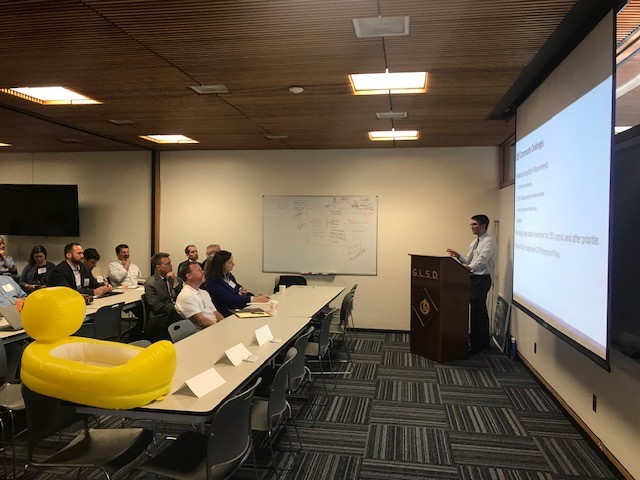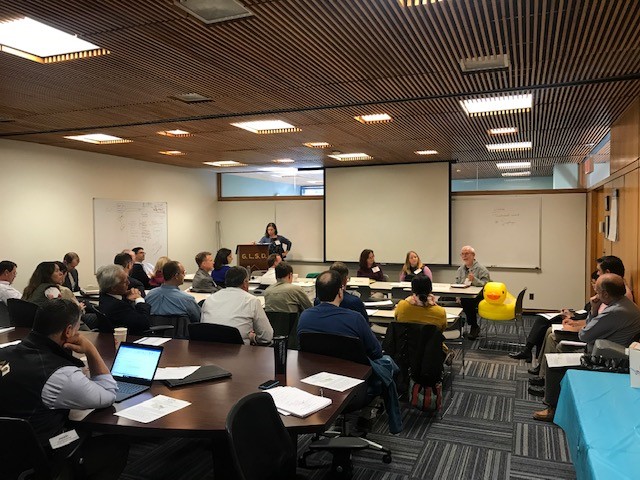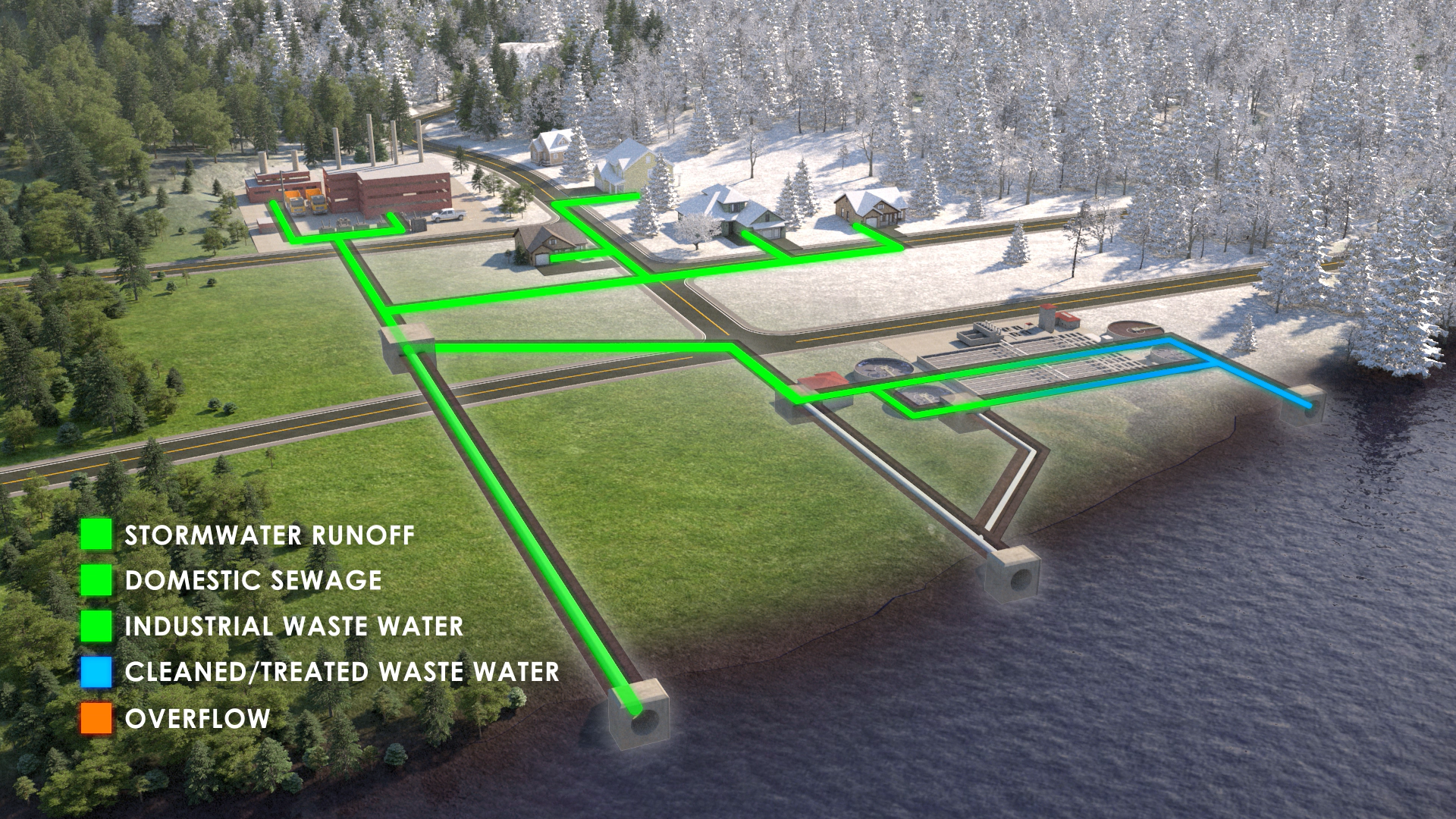
On March 18, 2021, MCWRS held a webinar titled Sewage Notification: Responsibilities and Messaging to discuss the regulation of Bill H.4921, An Act Promoting Awareness of Sewage Pollution in Public Waters and its effect on municipalities and local wastewater systems.
Signed into law on January 22, Chapter 322 of the Acts of 2020 requires public advisories within 2 hours of a discharge of untreated or partially treated sewage from certain types of wastewater collection system structures into waters of the Commonwealth. This notification must also be sent to the department of public health and municipal board of health in the relevant outfall location, and any municipality directly impacted by the discharge.
MassDEP Commissioner Martin Suuberg expects regulations to be developed by January 2022 and implemented by July 2022. In April 2021, MassDEP will host meetings with stakeholders to discuss these implementation and regulation milestones. Comm. Suuberg noted that MassDEP will implement this law in collaboration with stakeholders, and hopes to have a collaborative partnership moving forward.
Phil Guerin, Director of Water & Sewer Operations for Worcester DPW&P, outlined the combined sewer system control improvements in Worcester following the 1980s. The improvements resulted in reducing 17 untreated outfalls to one treated outfall that averaged 6-28 treated CSO discharges annually. Phil requested clarity on regulation language, including the definitions of partially treated discharges. He noted the potential backlash frequent, unsettling health advisories can have on the public perception of wastewater utility workers, and stressed the need to move away from a one size fits all approach to regulation.
Karla Sangrey, Director of Upper Blackstone Clean Water, discussed high flow blending practiced at many wastewater treatment plants. This is another area requiring clarification as she raised the question of requiring a public health warning for discharges that meet NPDES requirements, and how that public health warning would be phrased. Again, she stressed the importance of managing this messaging to the public.
Jeff Murawski, DPW Deputy Commissioner of Wastewater for the City of Fitchburg, described the current Fitchburg sewer system to provide an insight into CSO permittees. As of 2020, the City of Fitchburg has 11 active CSO regulators with 128 CSO events, down from the 472 CSO events in 2012. Additionally, many projects are underway to improve wastewater infrastructure.
Josh Schimmel, Springfield Water & Sewer Commission Executive Director, tied together the themes and concerns expressed by panelists. While an appropriate amount of regulatory discretion can achieve goals, consideration must be made to its burden on systems. The goal of CSO notification is to notify the public when it is unsafe to be in water, however, there are a variety of factors outside of CSOs that could affect water quality, such as stormwater pollution. Overall, work needs to be done to clarify the message of CSO notification, and to highlight the need for more funding to resolve the issues.
Following the panel discussion, Phil ended the meeting by noting the promise by legislators and river advocates that they would stand by wastewater utilities if there was pushback from the public, and would fight for infrastructure funding. MCWRS understands the need for notification, and plans to work with DEP, but needlessly alarming the public with these notifications in cases where they are unnecessary is an irresponsible way to move forward. Work needs to continue to educate legislators and the public on the realities of CSOs.


 On October 15, we held our quarterly workshop which focused on CSO performance and stormwater infrastructure funding. Matt Gamache, CDM Smith, began the workshop with a presentation on PipeCAST, a tool developed by CDM Smith and used by The Metropolitan District in Hartford, CT (Hartford MDC). Following the presentation, MCWRS Director Kerry Reed, City of Framingham, moderated a panel of municipal staff from Newton and Ashland on stormwater infrastructure funding.
On October 15, we held our quarterly workshop which focused on CSO performance and stormwater infrastructure funding. Matt Gamache, CDM Smith, began the workshop with a presentation on PipeCAST, a tool developed by CDM Smith and used by The Metropolitan District in Hartford, CT (Hartford MDC). Following the presentation, MCWRS Director Kerry Reed, City of Framingham, moderated a panel of municipal staff from Newton and Ashland on stormwater infrastructure funding. Kerry Reed moderated a panel on stormwater infrastructure with panelists Maria Rose, Environmental Engineer for the City of Newton; Maeghan Dos Anjos, Conservation Agent with the Town of Ashland; and Rob St. Germain, Ashland Stormwater Advisory Committee member. Ms. Reed asked questions related to the implementation of the communities’ stormwater enterprises; the success and challenges they faced during the process.
Kerry Reed moderated a panel on stormwater infrastructure with panelists Maria Rose, Environmental Engineer for the City of Newton; Maeghan Dos Anjos, Conservation Agent with the Town of Ashland; and Rob St. Germain, Ashland Stormwater Advisory Committee member. Ms. Reed asked questions related to the implementation of the communities’ stormwater enterprises; the success and challenges they faced during the process.